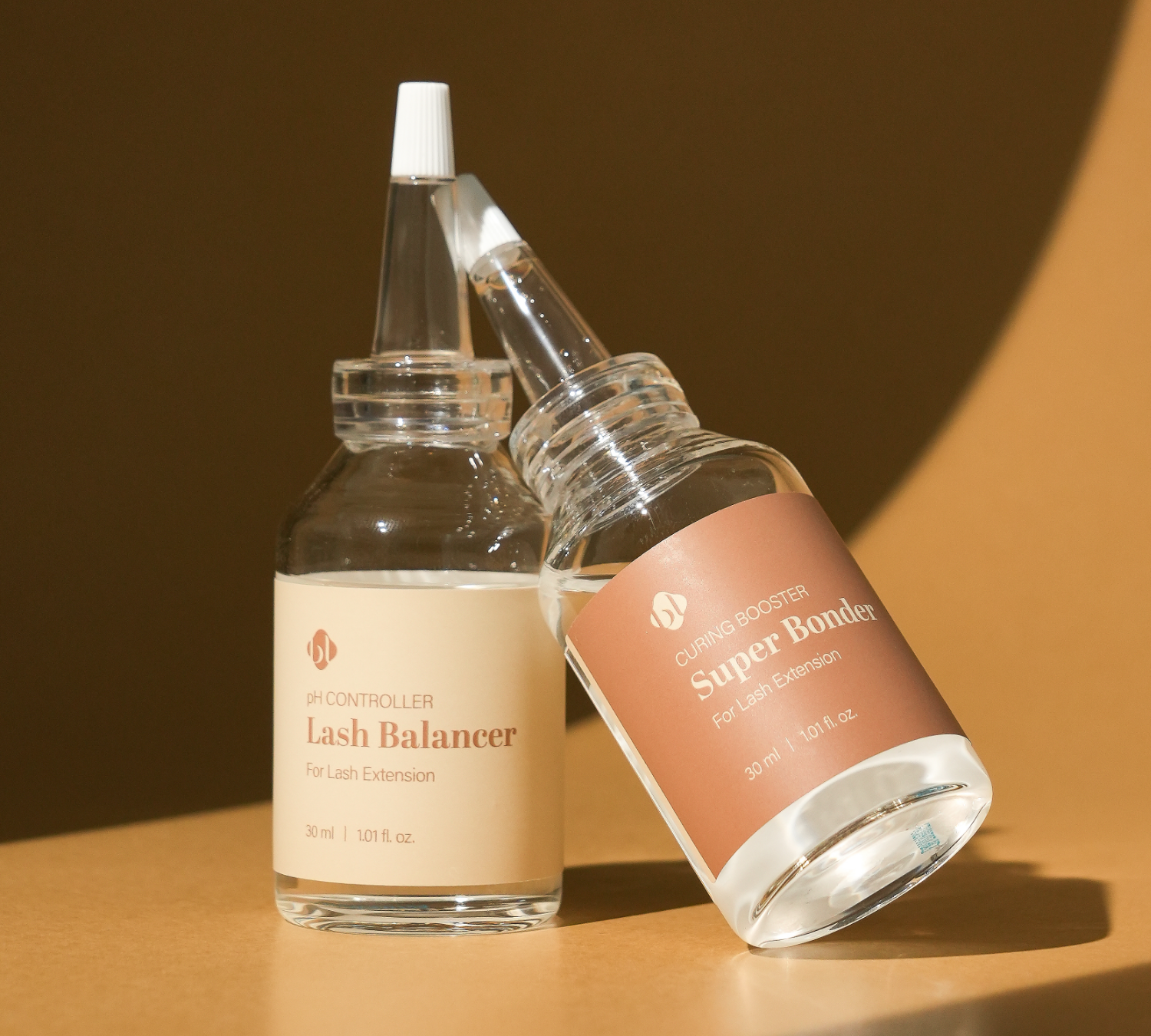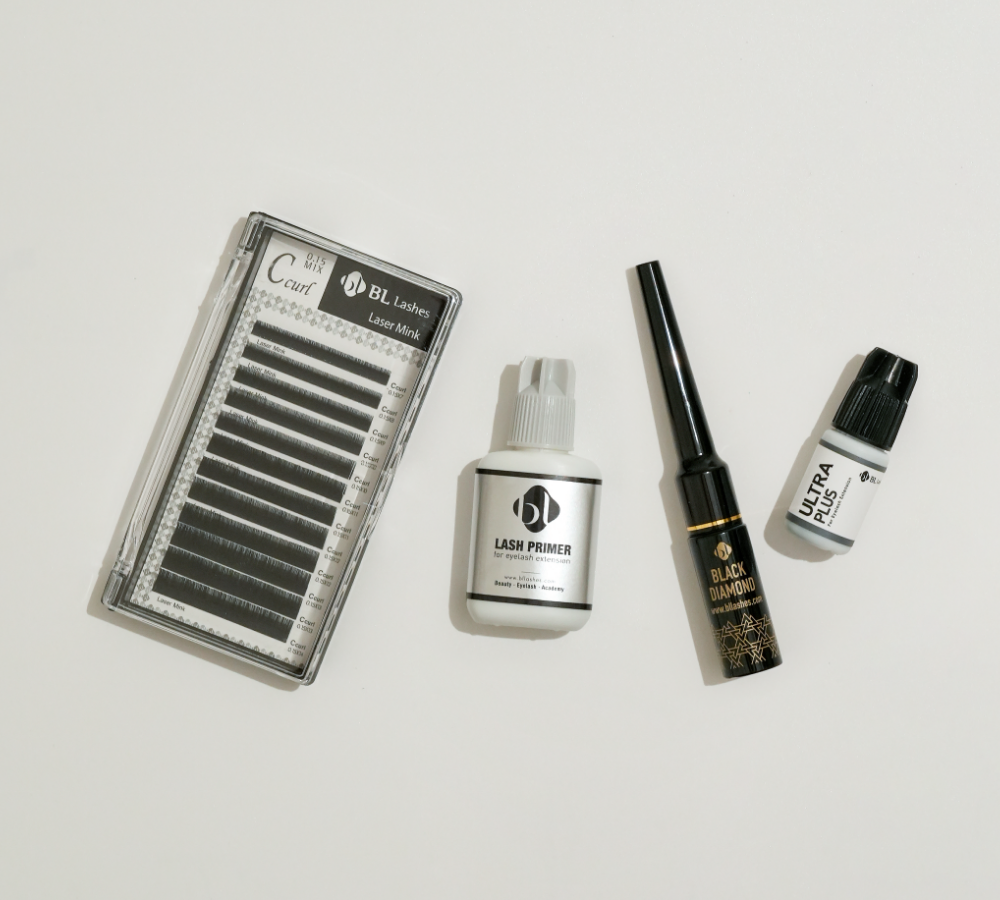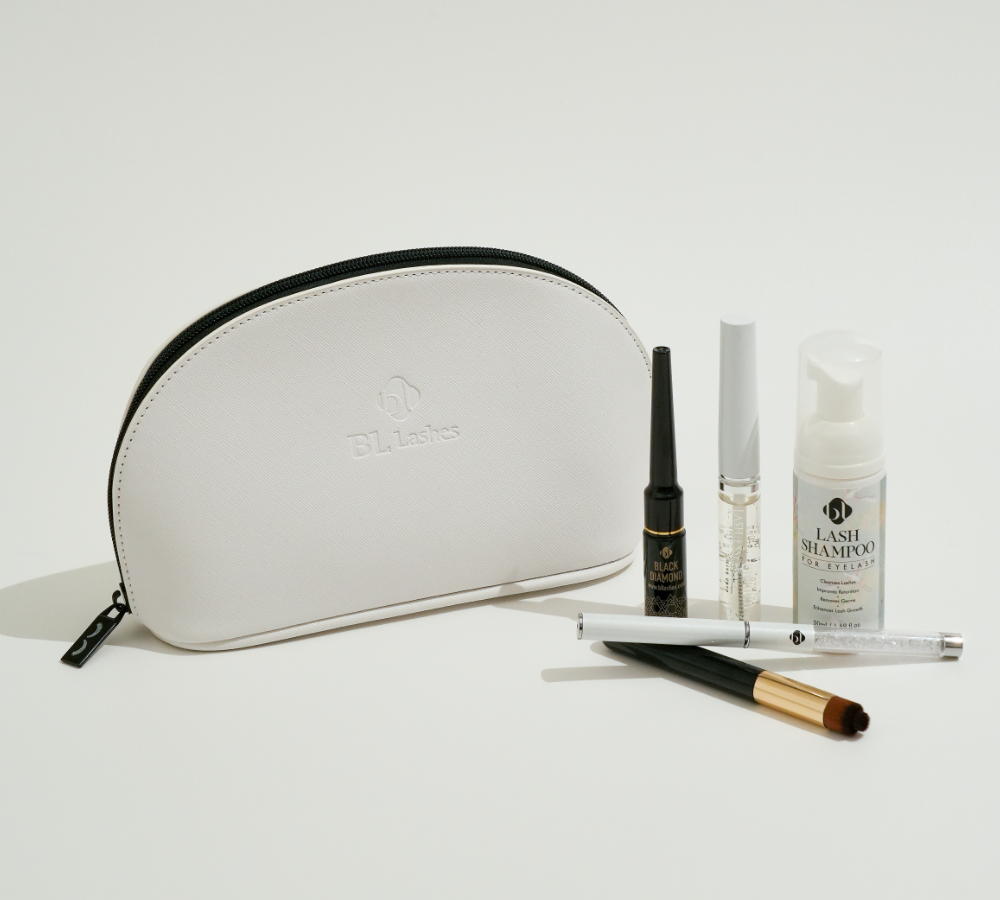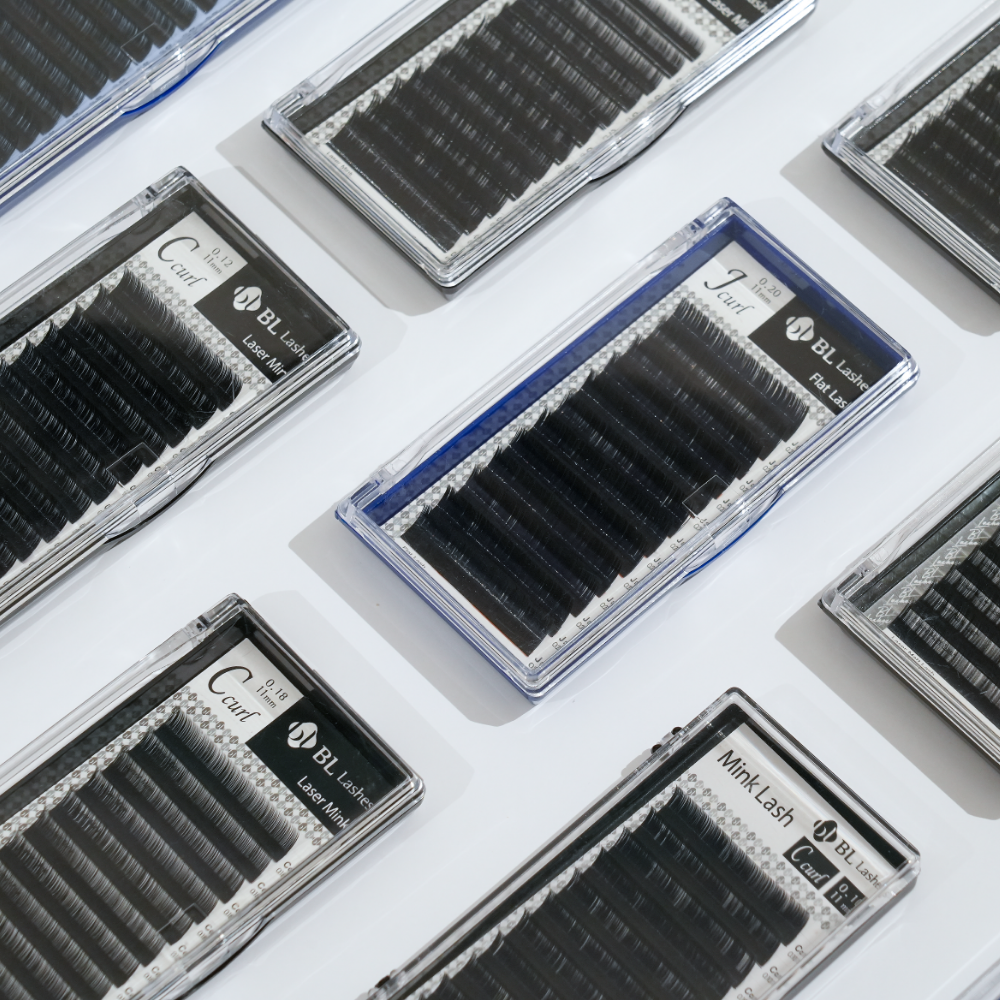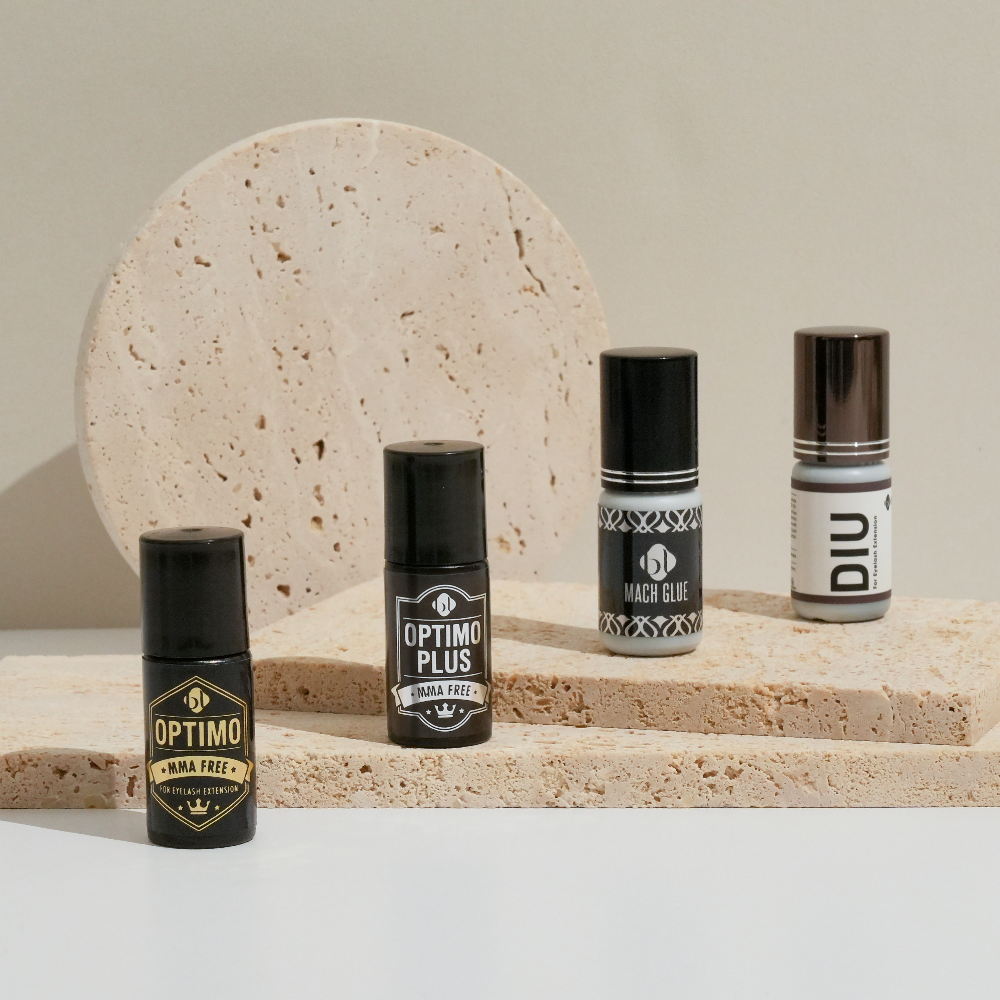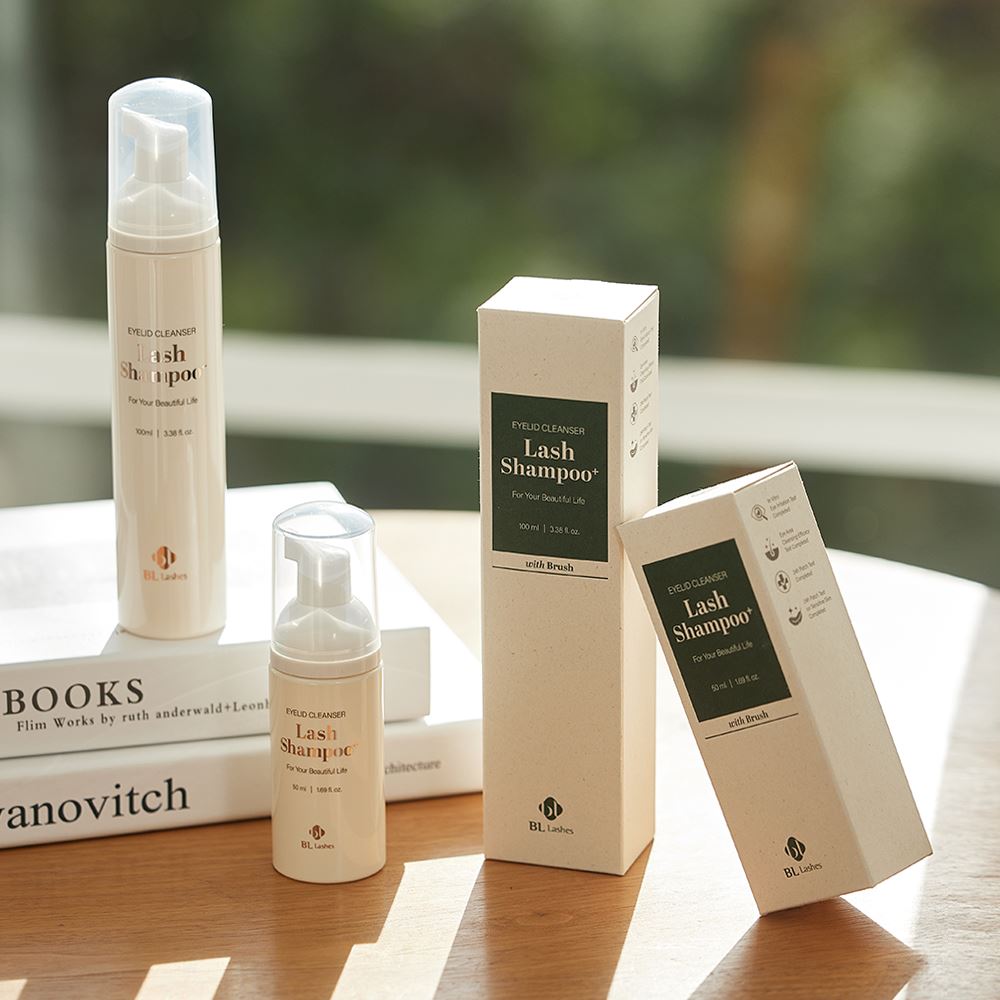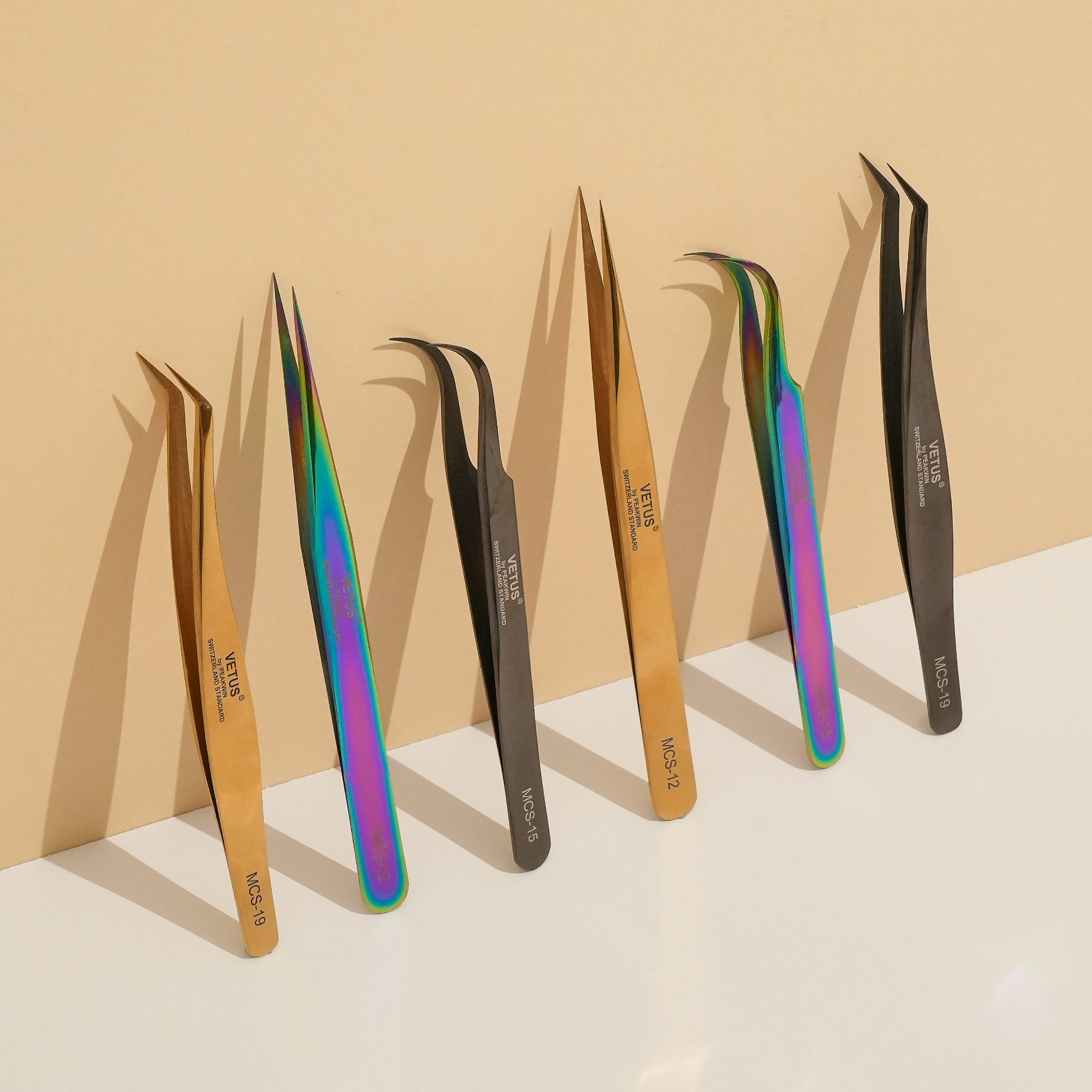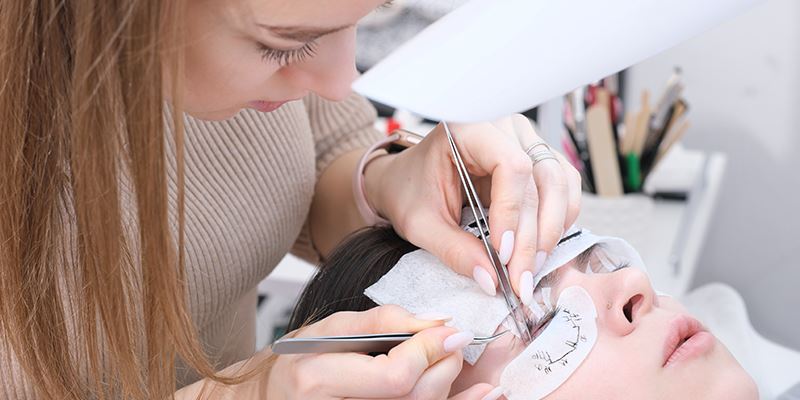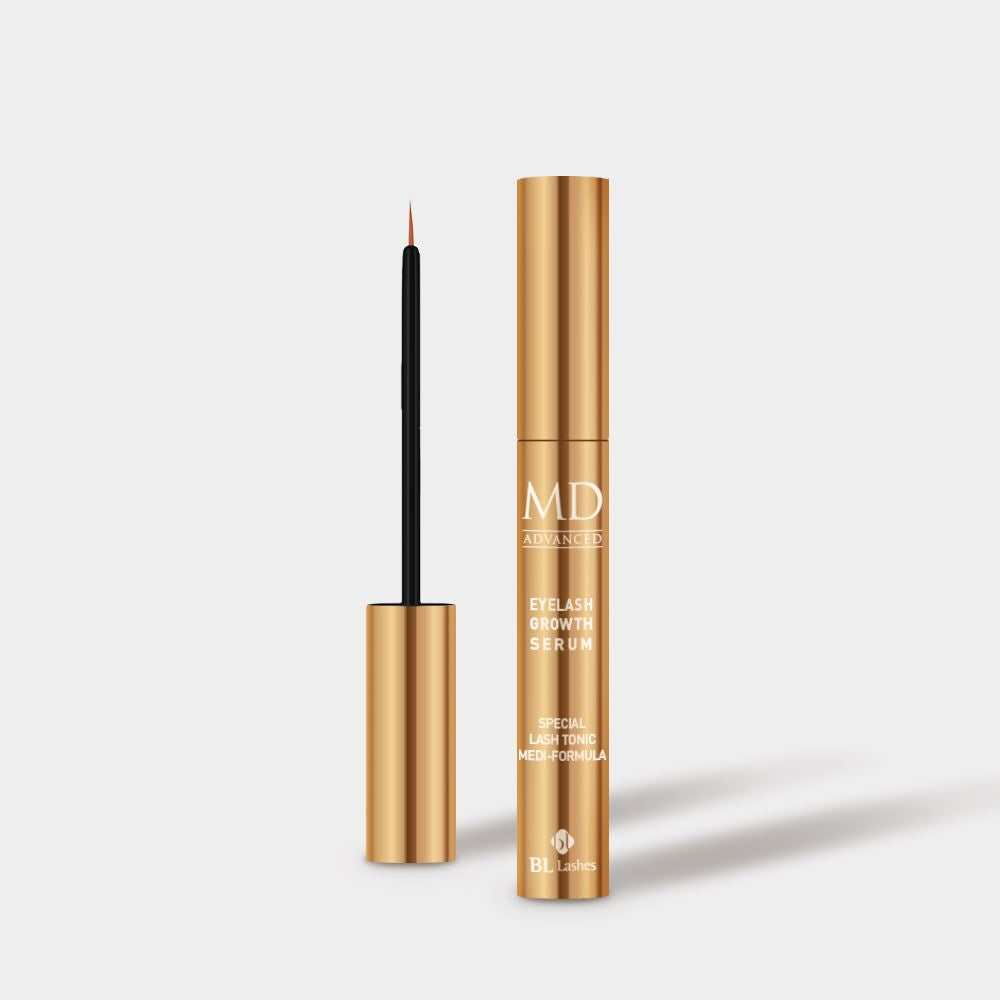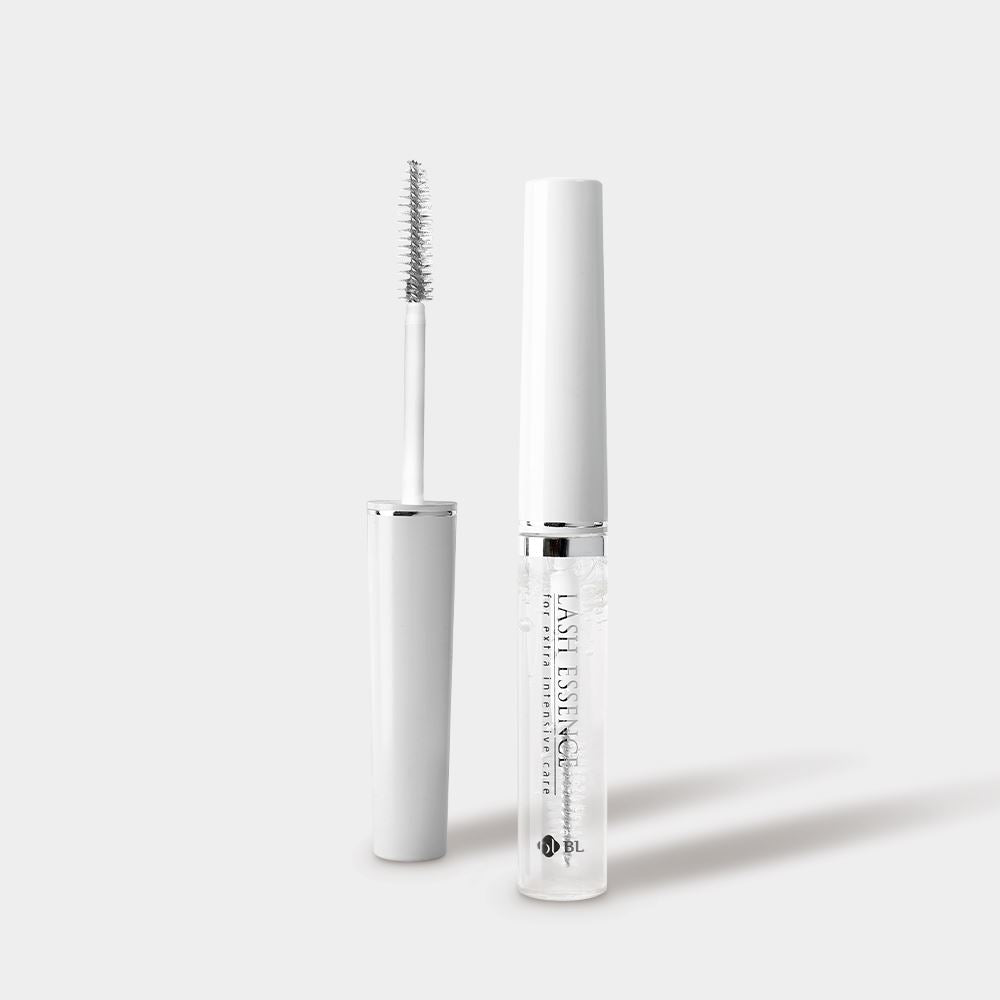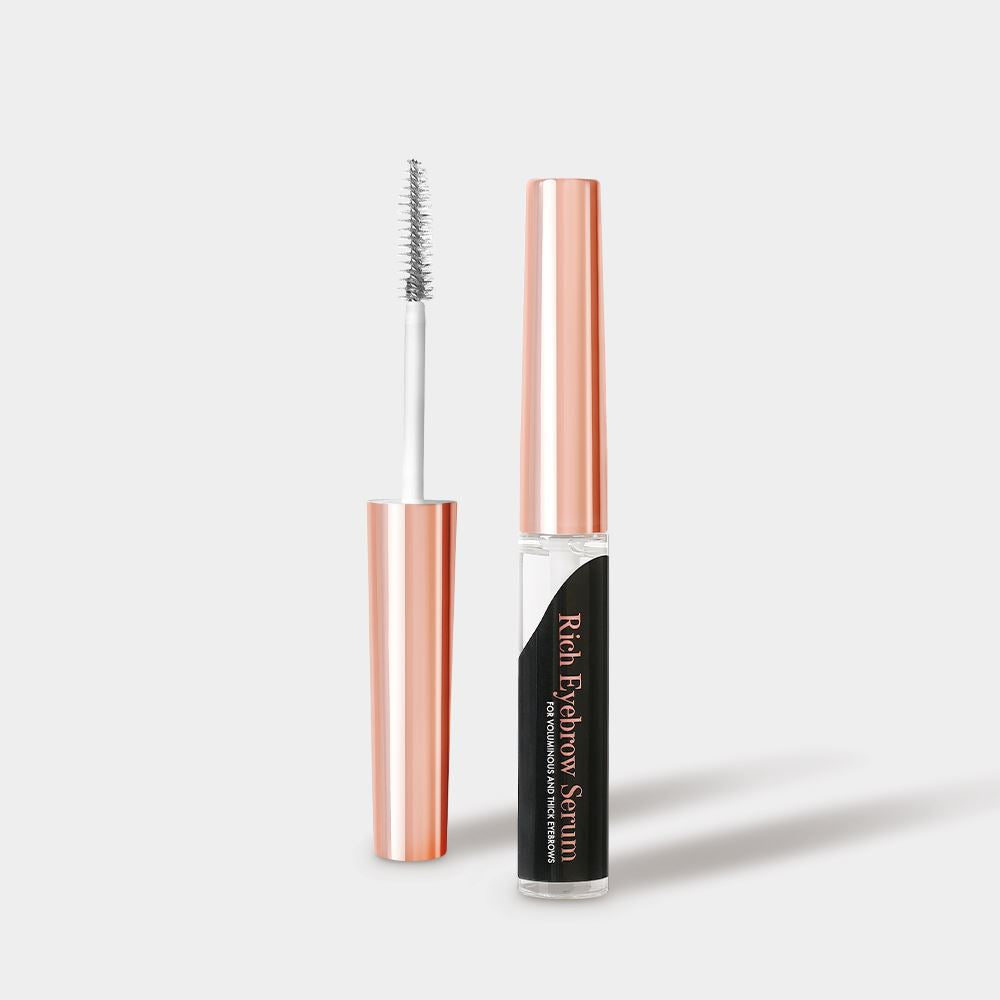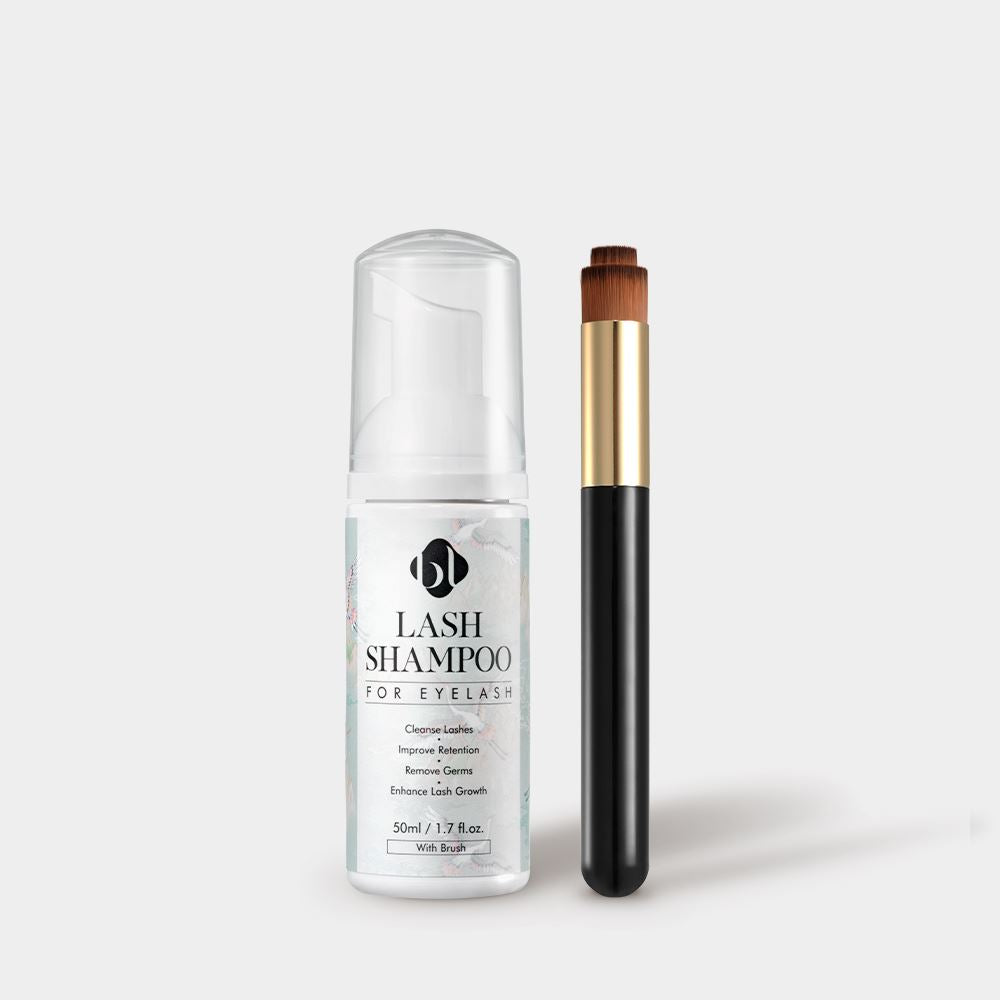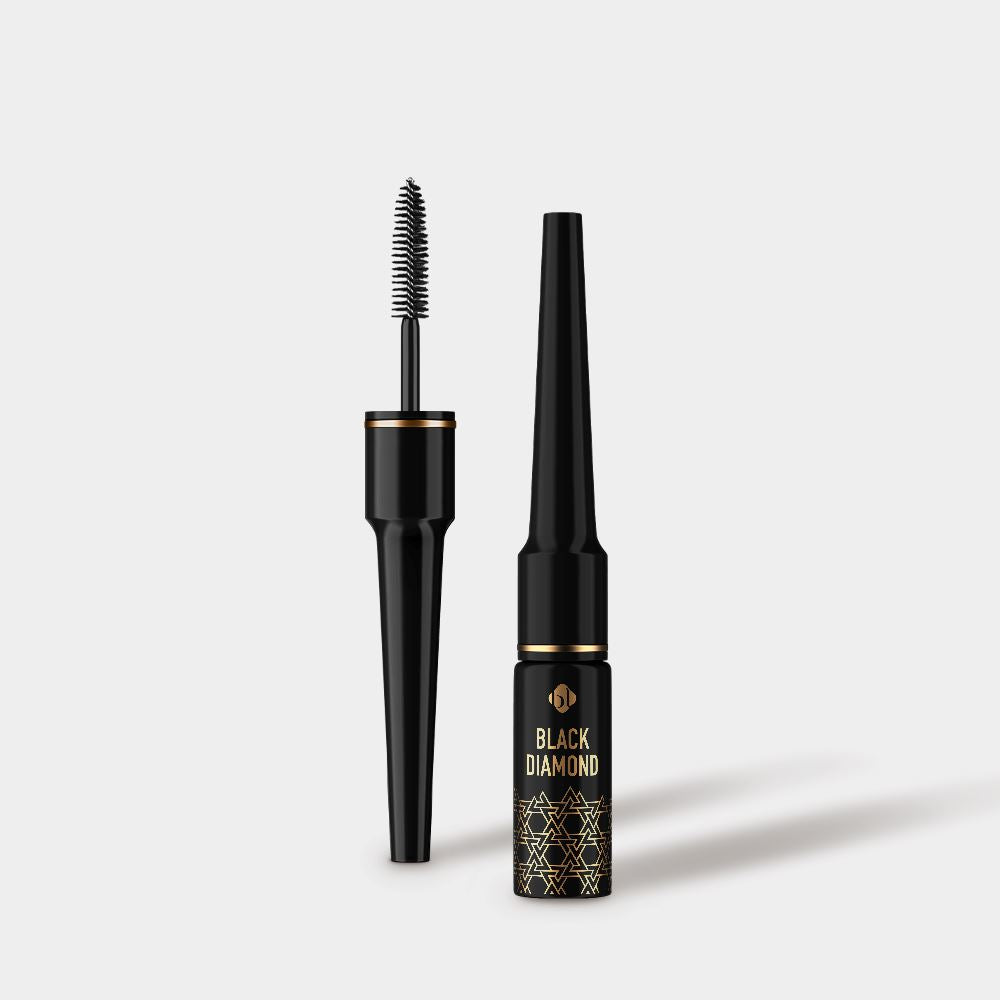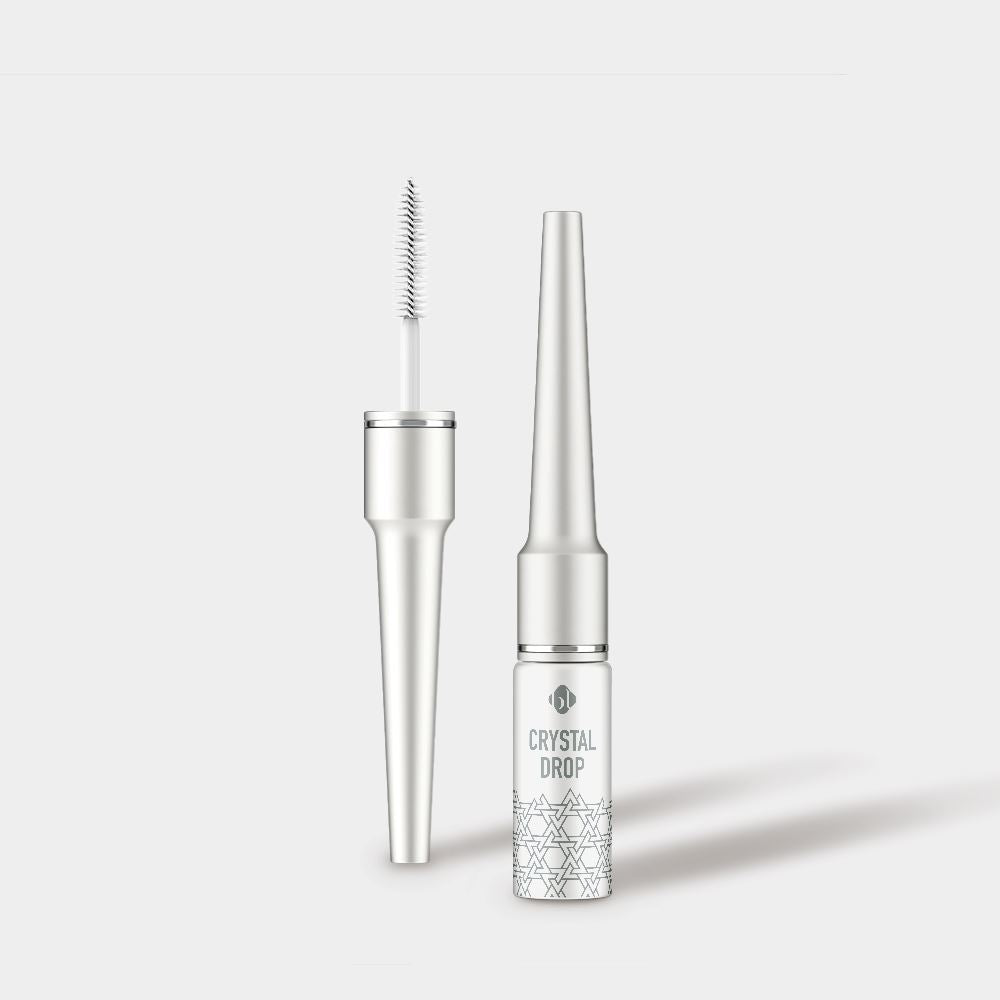When a lash client develops some irritation around her eyes, many lash technicians immediately conclude: It must be the glue!
However, it's important to note that one of the most common risks of eye irritation comes from contamination in the lash room, not eyelash extension glue.
Eyelash Salon Sanitation Checklist
Tools in your lash station such as tweezers, lash cleansing brushes, lash wands, and your hands can be the culprit to spread eye infection between your lash clients if this matter is overlooked.
Therefore, ensuring that your lash room is clean and adequately sanitized should be one of your top priorities. A failure to do so may cause damaging effects for your clients, such as eye infections and permanent loss of natural lashes (and potentially, loss of clients, too).
Every state has different laws implemented on decontamination in the workspace. It is in your best interest to read and be aware of your local health department's rules and regulations.
But to start, it is good to understand the fundamental differences between cleaning, sanitizing, disinfecting, and sterilizing. We have listed the variations below to help you get a better picture.
Four primary methods of decontamination:
- Cleaning: Using warm water and soap. This method helps to eliminate surface particles.
- Sanitizing: Using alcohol-based products to eliminate or reduce bacteria.
- Disinfecting: Using products that contain Barbicide or Germicides, reduce bacteria to a safe level.
- Sterilizing: Using high heat to eliminate bacteria. This method is the most effective in terms of killing all living organisms on hard surfaces.
Now that we have identified the four methods of decontamination, please learn about the steps that you should take to sanitize your workstation, supplies, and yourself.
1. How to Clean Your Hands
Make sure that your hands are always sanitized and free from any contamination by washing them thoroughly in between clients with warm water and soap for at least 30 seconds.
Also, place a bottle of hand sanitizer at your station during the service. The most effective way to use the hand sanitizer is to apply at least a dime-sized amount to the palm of one hand and rub both palms together for 30 seconds.
2. How to Sanitize Your Workstation
First, get rid of everything that is non-reusable. This includes eye pads, micro-brushes, and lash wands.
To ensure that your workstation's hygiene is always in check, we recommend that you sanitize everything you touched during the service with a disinfectant wipe after a day of work.
When it comes to tools that touched the client's lashes, such as tweezers directly, make sure to sanitize the tip of the tweezers with alcohol or peroxide after every session.
3. How to Disinfect Your Lash Supplies?
Before disinfecting your tools, make sure always to clean any visible debris off your instruments first, as any debris left on the surface may lead to cross-contamination.
To disinfect your tools, prepare an approved hospital-grade disinfectant to manufacturer's instructions. Ensure all tools are fully submerged for a specific amount of time.
When time is up, remove tools from the solution with clean tongs to avoid re-contamination. Dry tools with a clean towel or allow them to air dry.
4. How to Sterilize Your Lash Supplies?
If you want to be extra squeaky clean with your tools, this is a method for you.
However, note that this method should only be used for heat-resistant products, like tweezers or jade stone (DO NOT use this method on any plastic products).
To sterilize your tools, let the instruments soak in boiling water for 20 minutes and carefully remove them with tools like tongs and air dry them, and keep them in a container.
High heat is the best way to complete the elimination of bacteria.
5. What should you NOT clean with water?
That would be the lash adhesive bottle. Eyelash extension glue always comes in this unique material container.
This may seem like a regular plastic bottle to many. Still, it is a "breathable" material (PE mixed with laminated nylon) that helps glue in your glue bottle to stay stable (in a completely 'closed' container).
The properties of lash extension glue can get explosive, so the manufacturers of lash extension adhesive use this special glue container with extremely tiny invisible pores in the bottle.
As we all know, lash extension adhesive react and dry itself when it gets in contact with moisture. For this reason, we do not recommend using water or any other liquid to clean the glue bottle.
(For example, cleaning and disinfecting your glue nozzle with a wet wipe is an absolute no-no). Instead, use a dry lint-free cloth to clean the surface of the glue bottle.
Here you find the best lash extension adhesives from BL Lashes
Daily Lash Salon Sanitation ChecklistThrow out any reusable tools immediately after use.
- Use warm water and soap to clean reusable tools.
- Rinse the tools in clean water to remove all residues.
- Use fresh disinfectant like Barbicide on the cleansed tools. Remember to follow the instructions on the disinfectant properly.
- Rinse the tools in clean water.
- Let them air dry.
- Store the tools in a closed container or cover them up with a clean cloth.
Taking the time out to clean your workstation and tools is an integral part of your day to day duties. We suggest that you allow a 10 to 15 minutes space in between each lash service for cleaning and disinfecting routines.
Learn more about the care for lashes here:
How to Combat Lash Extension Glue Allergy
How to Properly Care for Lash Extension Adhesives?
How long can eyelash extension glue last?
Make sure to follow our Instagram for more inspiration: BL Lashes on Instagram.
Healthy lashing!
This blog is protected by copyright law. Reproduction or rewriting without permission is strictly prohibited.


